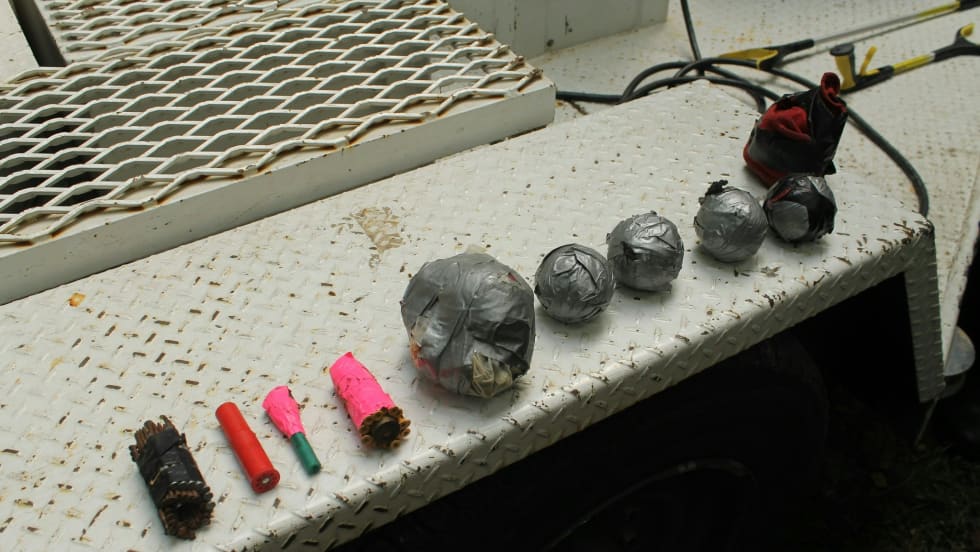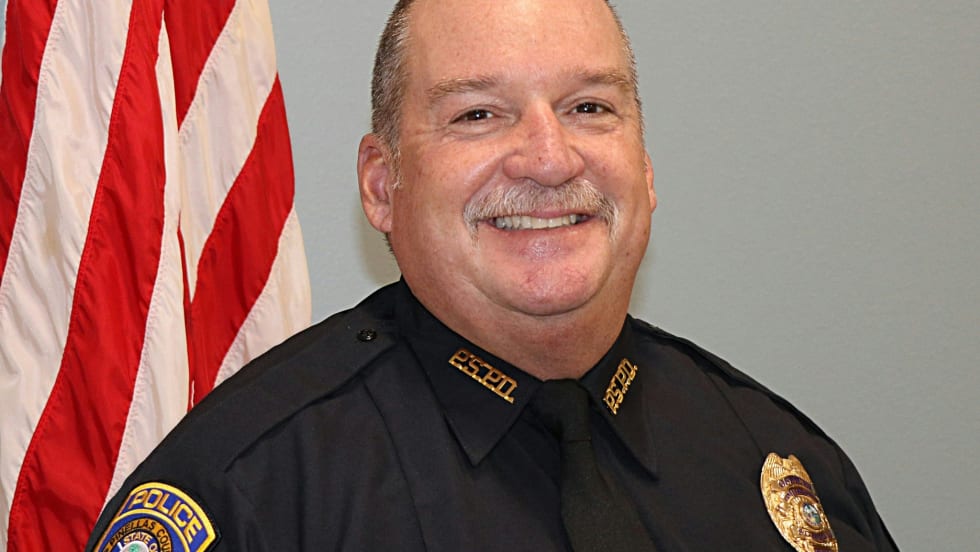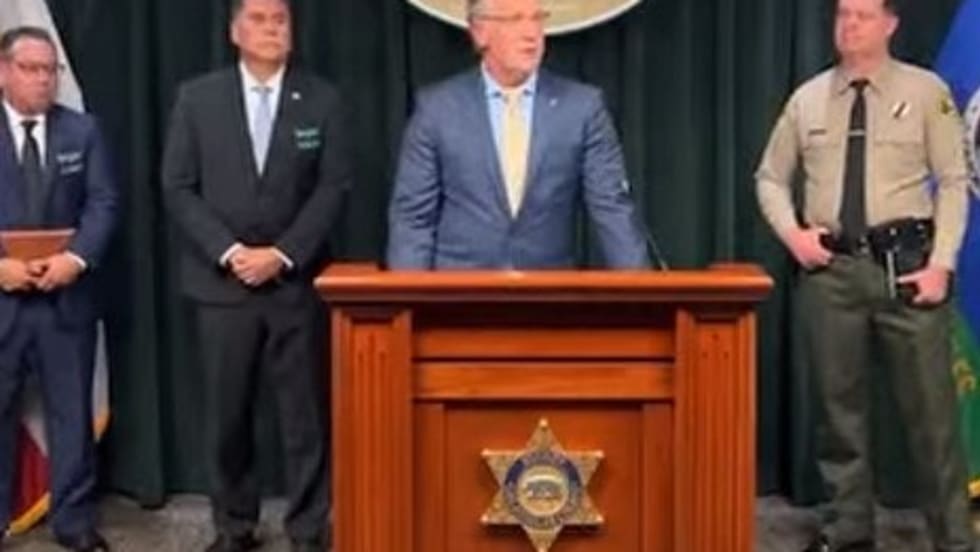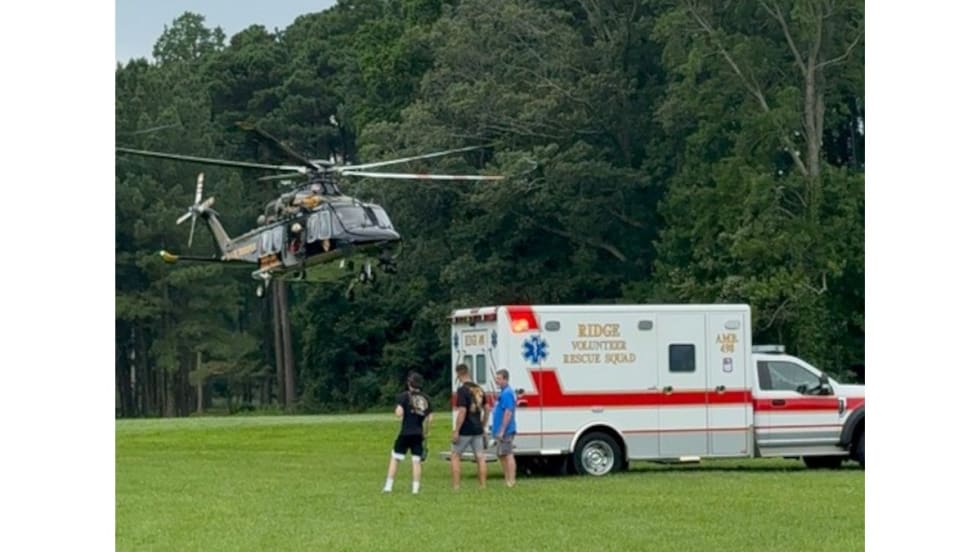Ineffective response to the Columbine High School mass murders 15 years ago led to a rethinking of law enforcement tactics at critical incidents, especially active shooting incidents. After Columbine, patrol response to active shooters transitioned from the old "contain and call for SWAT" model to a new model that encourages the first responding officers to enter and engage the threat.
Now a similar sea change is occurring in tactical medicine doctrine. After the Aurora, Colo., movie theater massacre in 2012, emergency medical and law enforcement leaders began pushing for a nationwide adoption of tactical medical response training and individual hemorrhage control kits for first responders, including police officers.
Last April—just two weeks before the Boston Marathon attacks that once again proved police were on the front line of emergency medical response—the FBI and the American College of Surgeons organized a summit of trauma medicine and EMS specialists to discuss what could be done to improve the survival rate of victims wounded in active shooter attacks. Because they met in Hartford, Conn., the panel and its report have come to be known as the "Hartford Consensus." Their conclusion can basically be summed up in a few words: The best way to improve the survival rate of active shooting victims is to stop the bleeding as quickly as possible, and the most effective way to achieve this goal is to provide responding law enforcement with hemorrhage control training and gear.
Of course, some officers are not happy with the idea that they may now be tasked with neutralizing the active threat and then treating the wounded, but resistance is likely waning because of the ancillary benefits of having officers trained in hemorrhage control and issuing them tourniquets. Some agencies that have bought into the hemorrhage control concept report their officers have saved their own lives, lives of badged comrades, and the lives of civilians when they have used the training and tourniquets to stop bleeding after serious wounds to their extremities. Which means more agencies will soon be adopting hemorrhage control training and equipment policies.
So if emergency medical response during critical incidents is now going to be performed by patrol officers and individual SWAT operators, do law enforcement agencies still need tactical medical support? The experts say yes and for a variety of reasons.













